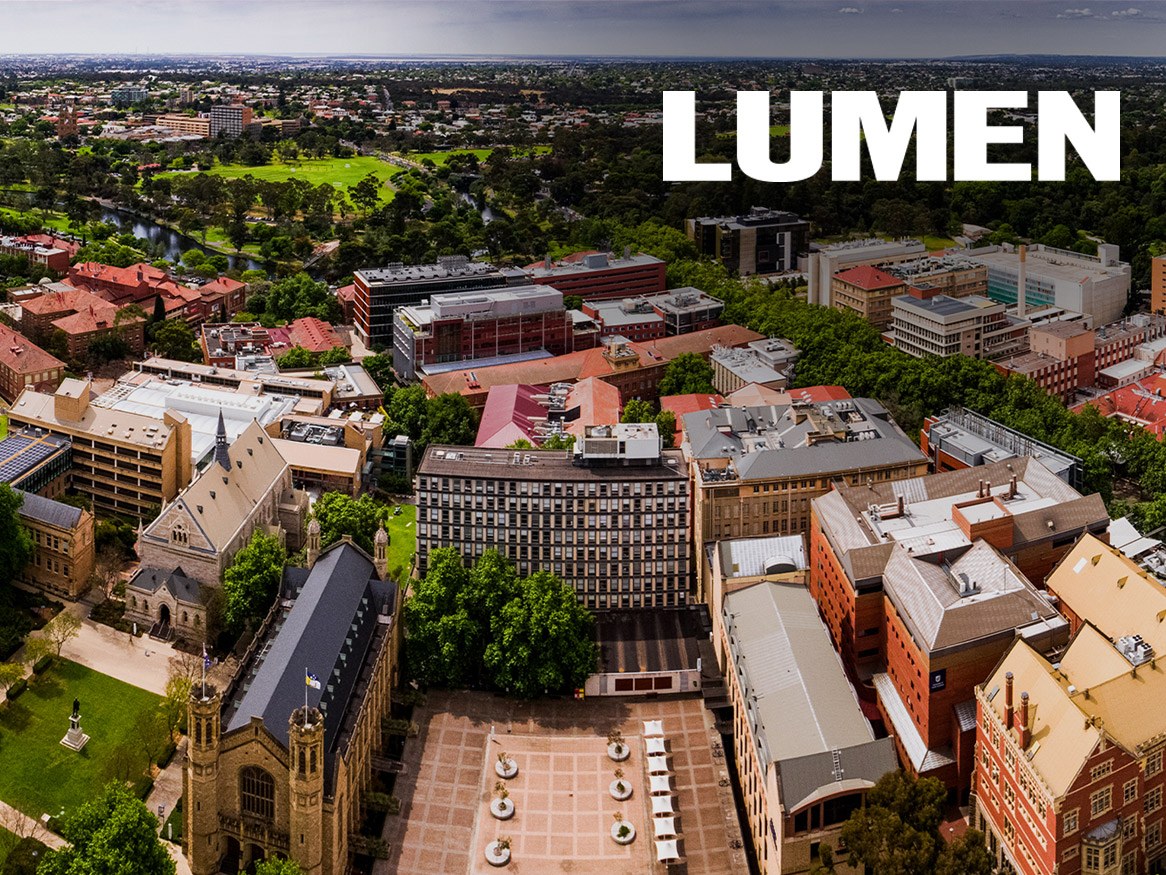Coorong's future helped by new science

Banded Stilts flock to the South Lagoon of the Coorong. Photo by Mike Geddes
Full Image (180.53K)
Wednesday, 22 July 2009
Planning the best possible future for the Coorong has been made easier following the completion of the most comprehensive ecological study of the region by University of Adelaide and other Australian scientists.
Scientists have delivered a suite of modelling tools and a framework to help land and water managers make the most of environmental flows and management interventions to help restore the ecology of South Australia's Coorong and Murray Mouth region.
The three-year research collaboration is the first comprehensive research program of the ecology of the internationally recognised region.
Based on this knowledge, the $5.3 million Coorong, Lower Lakes and Murray Mouth (CLLAMMecology) Research Cluster has developed management tools to help maximise environmental outcomes for the Coorong and Murray Mouth.
The Cluster was supported through CSIRO's Water for a Healthy Country National Research Flagship.
It involved CSIRO, University of Adelaide, Flinders University, and SARDI Aquatic Sciences. Geoscience Australia, Fisheries Research and Development Corporation, Land & Water Australia, and the SA Murray-Darling Basin Natural Resources Management Board were additional research and funding partners.
The building blocks for the management framework were:
- The development of a hydrological model of the Coorong and Murray Mouth suitable for 30-100 year forecasting of changes in water level and salinity regimes;
- A field program to study the ecology of key species of invertebrates, fish and water birds and to study key ecological processes, such as nutrient cycling; and
- The development of ecological models to predict the distribution of key species and of alternative ecosystems states. These can be used to explore how changes in salinity, water levels and other environmental drivers will influence the distribution of key Coorong species.
Cluster Leader, University of Adelaide Associate Professor Justin Brookes said the tools developed during the study allow land and water managers to maximise the environmental outcomes from available management levers, such as environmental flows and dredging the Murray Mouth.
"Our work provides a whole-of-system approach for planning environmental flow initiatives for the region," Professor Brookes said.
Images of the Coorong are available at: www.scienceimage.csiro.au/mediarelease/mr09-119.html
Slidecasts and podcasts from a technical briefing will be available at: www.adelaide.edu.au/environment/wrc/cllammecology
Further information and the Final Report can be found at: www.csiro.au/partnerships/CLLAMMecologyCluster.html
Contact details
Email: justin.brookes@adelaide.edu.au
Cluster Leader, Coorong, Lower Lakes and Murray Mouth (CLLAMMecology) Research Cluster; Joint Leader, China-Australia Environmental Science and Technology Institute
School of Earth & Environmental Sciences
The University of Adelaide
Business: +61 8 8313 3747
Mobile: 0418 898 782
Helen Beringen
Email: helen.beringen@csiro.au
Water for a Healthy Country Flagship
CSIRO
Business: +61 8 8313 8452
Mobile: +61 418 770 140
Media Team
Email: media@adelaide.edu.au
Website: https://www.adelaide.edu.au/newsroom/
The University of Adelaide
Business: +61 8 8313 0814







